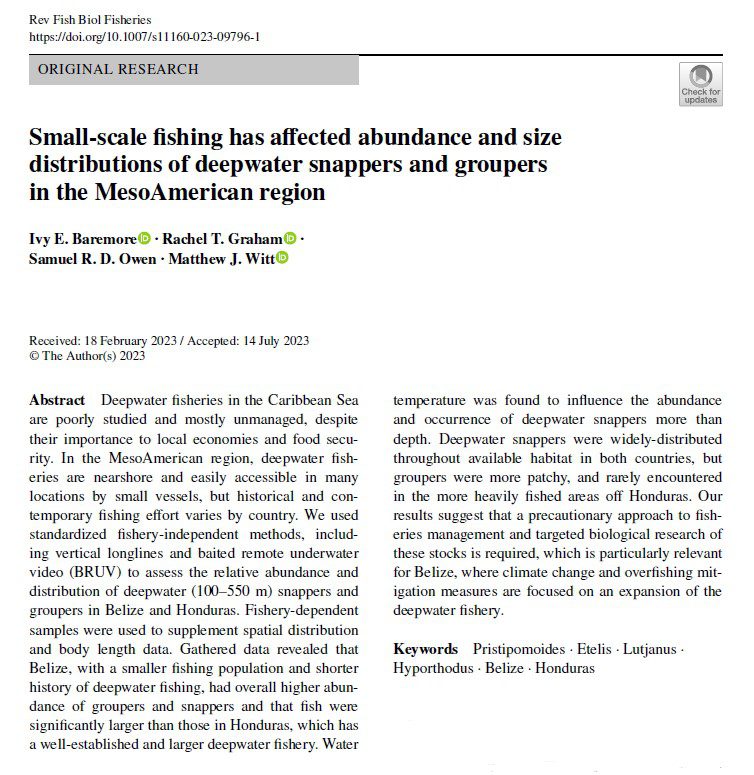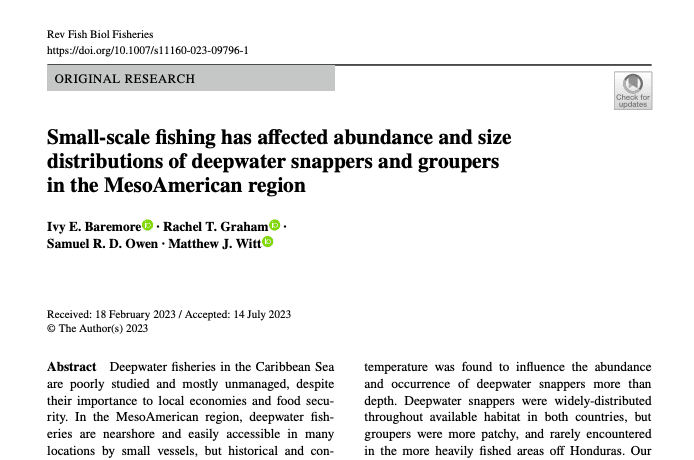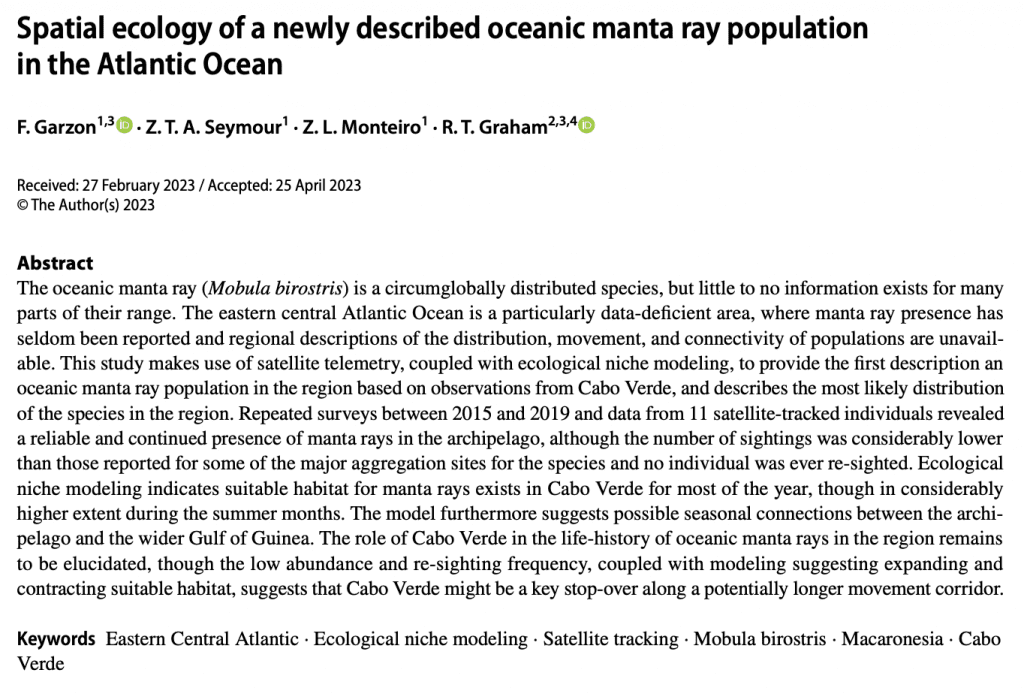Global levels of available methylmercury (MeHg) in aquatic ecosystems have increased dramatically over the past century. Recent findings in temperate North America have shown that biological mercury (Hg) hotspots exist, and these hotspots can be related to local emission and effluent sources. Life history traits of the goliath grouper Epinephelus itajara place it as a species at high risk of adverse effects from environmental Hg loads. Muscle Hg analyses for 57 goliath groupers sampled in southern Belize reveal that 40% exceed United States governmental advisory criteria for human health; all individual grouper exceeding these criteria were >55 cm total length. People, particularly from coastal areas in southern Belize, commonly consume goliath grouper. The regular consumption of goliath grouper by sensitive groups of people, such as pregnant women, should be closely monitored, particularly in biological Hg hotspots. Stable isotope analysis for δ13C and δ15N in goliath grouper indicates a broad prey base with a relatively high trophic status. Through biomagnification and bioaccumulation of MeHg, older individuals are therefore at greatest risk of physiological impairment, particularly when performing complex and coordinated behaviors, such as those associated with spawning aggregations.

Small‑scale fishing has affected abundance and size distributions of deepwater snappers and groupers in the MesoAmerican region
Deepwater fisheries in the Caribbean Sea are poorly studied and mostly unmanaged, despite their importance to local economies and food security. In the MesoAmerican region,


